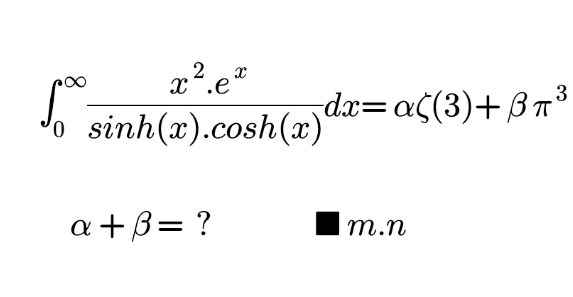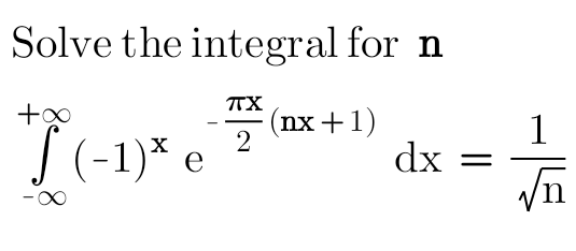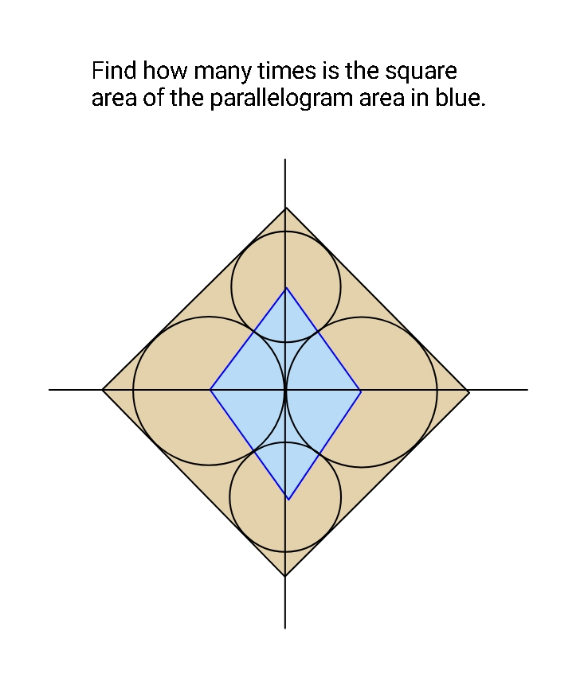
AllQuestion and Answers: Page 555
Question Number 163966 Answers: 1 Comments: 0
Question Number 163961 Answers: 1 Comments: 0
Question Number 163954 Answers: 4 Comments: 0

Question Number 163960 Answers: 1 Comments: 0
Question Number 163959 Answers: 0 Comments: 0

Question Number 163958 Answers: 0 Comments: 0

Question Number 163957 Answers: 1 Comments: 0

Question Number 163956 Answers: 0 Comments: 0

Question Number 163955 Answers: 0 Comments: 0

Question Number 163942 Answers: 1 Comments: 0
Question Number 163939 Answers: 0 Comments: 0
Question Number 163938 Answers: 1 Comments: 0
Question Number 163936 Answers: 1 Comments: 0
Question Number 163934 Answers: 0 Comments: 0
Question Number 163931 Answers: 1 Comments: 0
Question Number 163928 Answers: 1 Comments: 0
Question Number 163926 Answers: 2 Comments: 0
Question Number 163921 Answers: 2 Comments: 0

Question Number 163914 Answers: 0 Comments: 0

Question Number 163913 Answers: 0 Comments: 0

Question Number 163912 Answers: 0 Comments: 1

Question Number 163906 Answers: 1 Comments: 0
Question Number 163905 Answers: 0 Comments: 0

Question Number 163903 Answers: 0 Comments: 0
$${prouve}\: \\ $$$${a}/{bc}\:,{si}\:\left({a},{b}\right)=\mathrm{1},{alors} \\ $$$${a}/{c} \\ $$
Question Number 163902 Answers: 1 Comments: 0
Question Number 163899 Answers: 2 Comments: 0
Pg 550 Pg 551 Pg 552 Pg 553 Pg 554 Pg 555 Pg 556 Pg 557 Pg 558 Pg 559
